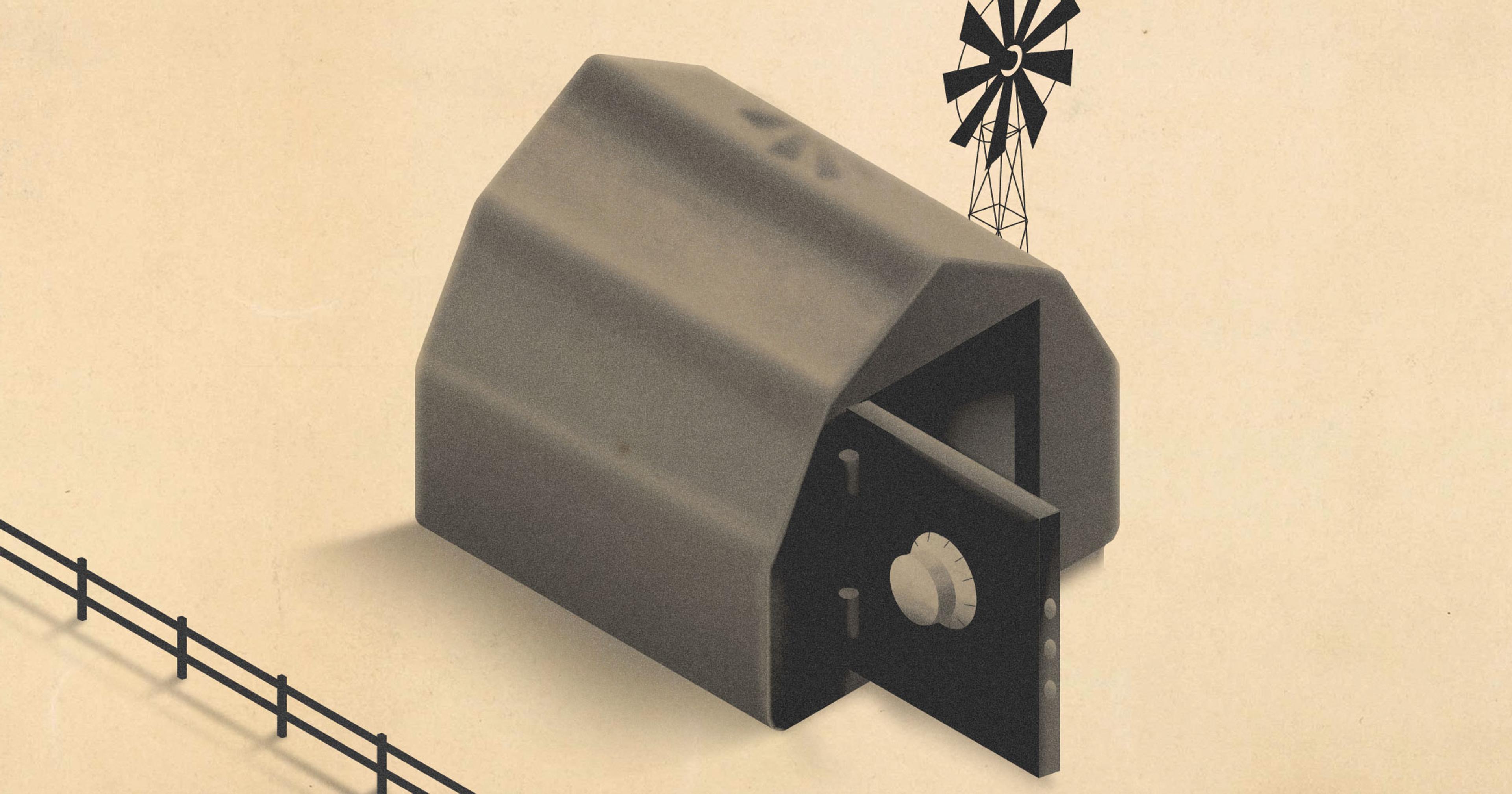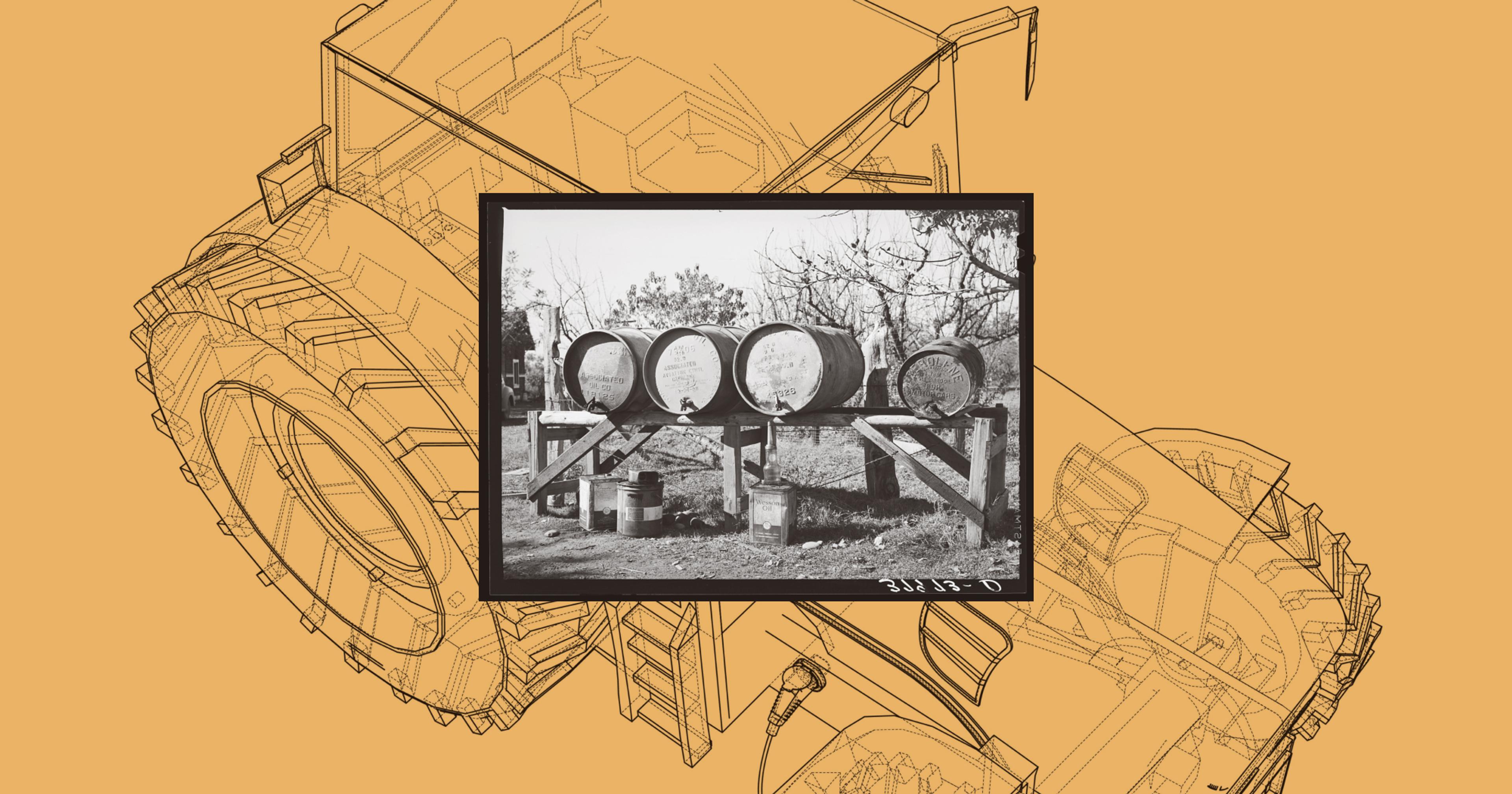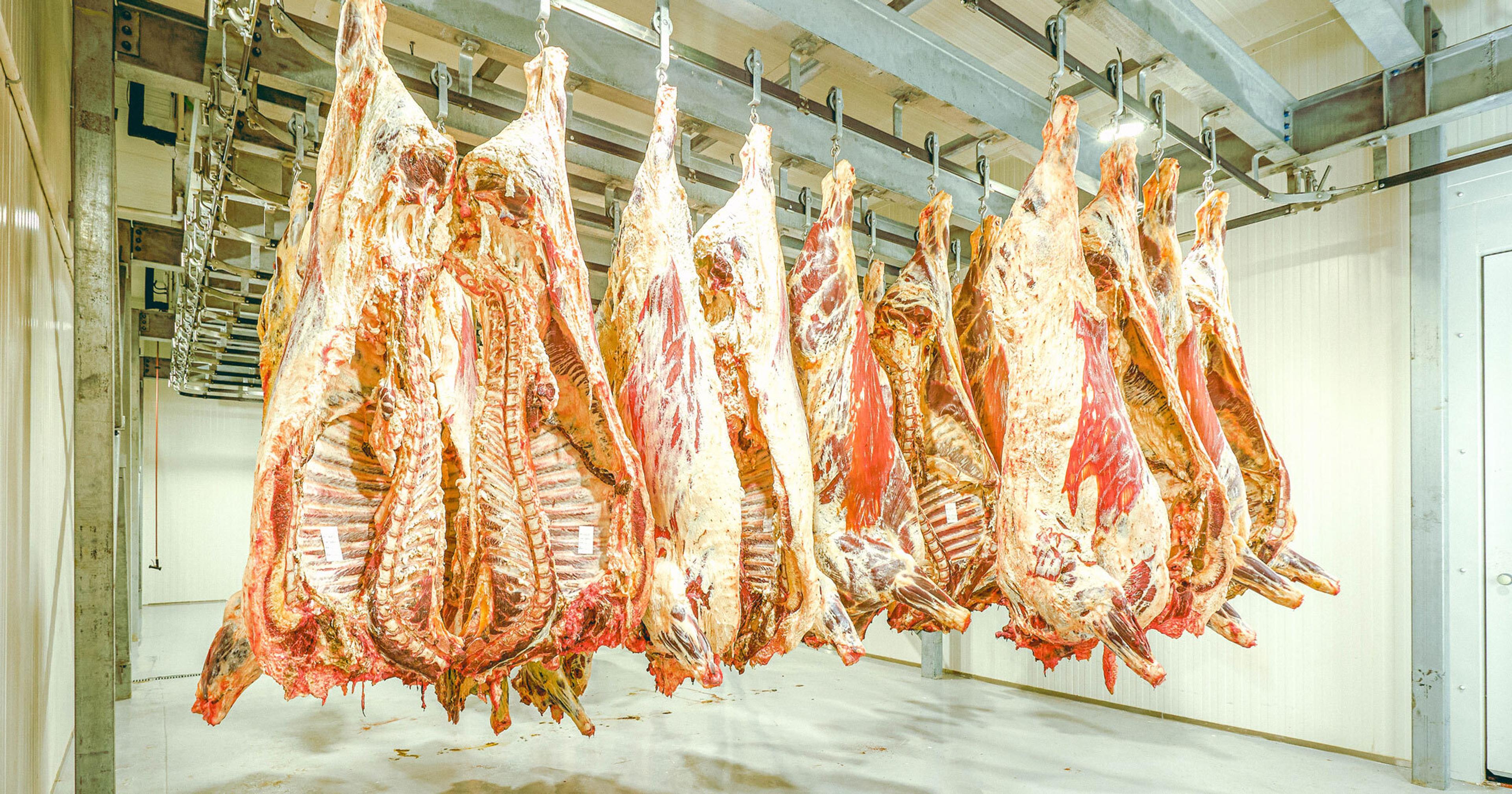Used tractors are increasingly valuable and often left out in the open with their keys in the cab, ready to be stolen.
The relationship between farmer Steve Hess and his landlord had broken down by the time the tractors disappeared in 2017. For a decade, Hess had tended blueberry, apple, cherry, and other fruit trees on his 5-acre organic farm, a small sliver of the owner’s 600 acres nestled along the Ohio River in north-central Kentucky. But the informal agreement ended with the death of the landlord. The surviving family members wanted to reclaim the land and sell it.
Then, two weeks later, all three of Hess’s tractors had vanished. “It was all gone, clean,” he said. A two-row planter, post hole digger, and a mower deck also disappeared. Only his 1939 Ford 9N model tractor, a relic of our post-WWII agricultural heyday, remained.
He informed the sheriff of Oldham County, Kentucky, of the theft, noting the impending eviction from his farm. The county sheriff took notes and said Hess would hear back when new information about his tractors when, or if, they surfaced.
For three years the sheriff’s office called to say there was no news about the tractors. Then they stopped calling.
Farmers like Hess have found themselves in possession of increasingly valuable assets: used farm equipment. It’s a straightforward example of supply-and-demand. “The supply of used equipment comes from buyers of new, or at least newer, models, for the most part,” said Kelsey Larson, assistant professor of agricultural economics and extension specialist at Montana State University.
But current high interest rates have been dissuading potential buyers of new equipment, whose prices have skyrocketed due to the nationwide steel shortage, supply chain disruptions, and tariffs on European and Asian-manufactured equipment.
“If a farmer has to buy, they’re going to buy used; if they can, they’re going to hold on to what they’ve got right now — and both of those factors are going to push the price [of used farm equipment] upward,” Larson said.
Add general economic uncertainty to the mix and a 23% shrinkage of the inventory of used compact and utility tractors in the last year, and it’s no wonder that each year, thousands of tractors get reported as stolen across the U.S. In 2023, six years after Hess’s experience, there were 1,221 reported thefts of special equipment including tractors each month, according to data collected by the National Insurance Crime Bureau and provided to Offrange. From 2022 to 2023, the total number of reported thefts jumped by 10%, from 13,287 to 14,646.
It’s common practice for farmers to leave keys in the tractor for the next ride or the next driver.
Mower, riding, or garden tractors were the top style of reported thefts in the category, under which all three of Hess’s tractors fit. He lost a 22-horsepower Yanmar; a 60-horsepower John Deere; and a 30-horsepower Kubota.
It’s remarkably easy to steal a small tractor, provided you have access to a flatbed truck or trailer. One could say that tractors are ripe for the picking: It’s common practice for farmers to leave keys in the tractor for the next ride or the next driver, said Jacob Landis, whose family farm is spread across 1,500 acres in Northern Illinois. Tractors are often left alone, out of sight from houses or buildings or surveillance cameras. Older models from the same manufacturer, Landis noted, also often share keys.
By grinding off the VIN, older tractors can simply disappear into the used farm equipment market. Older models are often not equipped with GPS, leaving law enforcement little to go off. Less-reputable auction houses can turn a blind eye to a tractor’s provenance, or the stolen goods can change hands in private sales.
Last October, California law enforcement announced that they had broken up a farm equipment theft ring alleged to have stolen equipment totalling $2.25 million. The case began when detectives tracked the signal from a brand new stolen backhoe to the back of a semitruck parked at a truck stop. There, the detectives found another backhoe and an excavator reported stolen from a different county. More than 10 suspects are alleged to have transported the stolen machinery from San Joaquin Valley, the agricultural heart of California, into Mexico.
Talking about a stolen tractor is taboo in the farming community, Hess said, likening it to divorce.
Stealing a tractor might be relatively easy, but recovery is not. Only half of the value of the stolen equipment — $1.3 million — in California was recovered in the recent bust. The average annual recovery rate of stolen special equipment is even lower, according to NICB data. In 2023, the recovery rate was 30%, down from the 34% recovery rate of 2022. Half of the recoveries in 2023 occurred within one week of the theft.
Even a 30% recovery rate seems high to Hess. He believes that his tractors didn’t go far, maybe just down the road to a nearby auction house. But despite his lived experience, talking about a stolen tractor is taboo in the farming community, Hess said, likening it to divorce. He’s silenced many bustling farmer meetings with the announcement that his tractors got stolen.
Later, he would be quietly approached by fellow farmers with stories of their own thefts or thefts they’ve heard of. “How come we’re talking about this in hushed tones outside the room?” Hess asked.
But farm insurance specialist Jeff Joseph located near Rochester, New York, has not heard of tractor thefts in his 25 years of selling insurance to farmers. ATVs, snowmobiles, chainsaws, tools — those are common thefts, Joseph said. But tractors? “It’s not like stealing a car where you can get in and drive it at 80 miles an hour someplace and hide it in your garage,” he said.
“It’s not like stealing a car where you can get in and drive it at 80 miles an hour someplace and hide it in your garage.”
Yet Joseph could see the reasons why tractors appeal to thieves. “I’m glad that it’s not a phenomenon that we see here in New York,” he said.
Companies offer tractor-specific GPS tracking devices as theft prevention. Posters to online farmer forums recommend Apple AirTags or common-sense solutions like locking tractors in barns overnight or adding more surveillance cameras to the property. In the more remote stretches of his farm in Northern Illinois, Landis will deter tractor theft by putting the gear in a position that prevents the tractor from turning on. A tractor aficionado could figure it out, Landis said, “but if somebody just crawls in there and don’t know what they’re doing, the struggle might be enough that they leave the tractor alone.”
Buyers, meanwhile, can assure themselves that they are not buying stolen property by requesting a full maintenance and inspection history.
In some ways, losing both tractors and land at the same time was a blessing for Hess. It forced a clean break with the farming life. “I didn’t have to go to an auction. I didn’t have the store equipment. I didn’t have to worry about the pieces that didn’t sell.”










